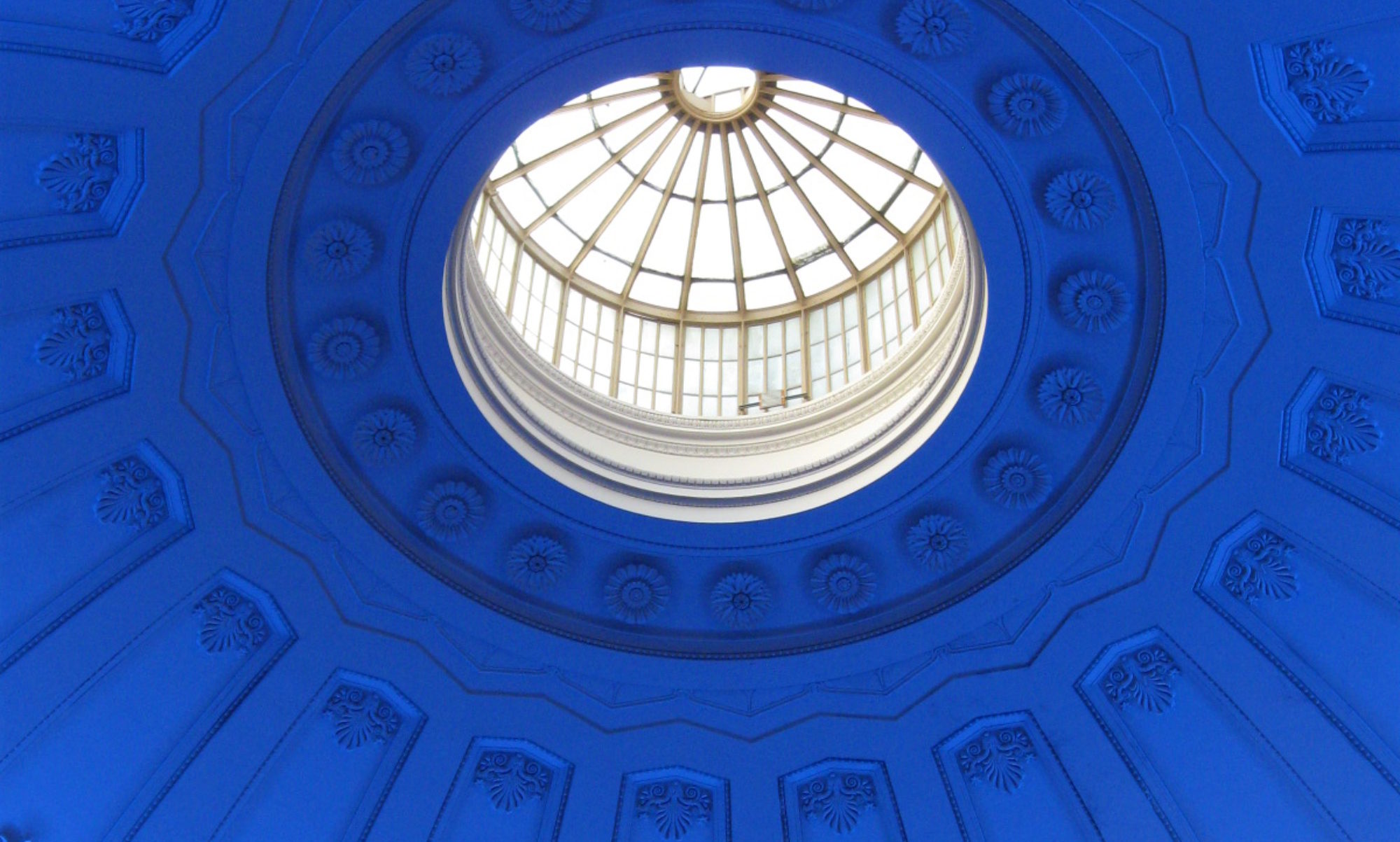Here we begin a lengthy passage of what most of us dread when we think about reading through the Bible. Most of us would probably rather skip these chapters. After all, they don’t even remotely apply to us, do they? Or do they? Why would God leave us without the detail we want in some passages, and yet preserve this passage for us in all of its detail? He really doesn’t want to bore us to death with His word; so what does He want us to understand from this passage?
God gave specific instructions for His people’s worship of Him. The worship He prescribed was much different than what men created for worshipping their man-made gods. God doesn’t want our worship our way, but His way. What does that say to you about your worship practices?
The tabernacle (also called the Tent of Meeting) was a tent to be used as a sanctuary for God’s dwelling in their midst. Imagine that! We New Covenant people might take that for granted, but this was the first time since the Fall that God would dwell in the midst of men.
Each of the items in the tent was significant for Israel’s worship and for ours. By Jesus’ time, these items had all become well-recognized symbols to God’s (Old) Covenant people. Jesus demonstrated that He did indeed come to fulfill the Law in the connections He made between Himself and each of the items given to Moses for Old Testament worship.
The Ark of the Covenant held the stone tablets on which God engraved the Ten Commandments, representative of the entire Law He would give them. The significance for them is obvious: their obedience was part of their worship and was a condition for God’s presence in their midst. Has that changed for us? John 1 describes Jesus as the Word of God. What does the Old Testament symbol and what it meant for those people teach you about Messiah’s work?
The table would hold the bread they were to keep in the meeting place at all times. It represented provision. Our reliance of God for provision is part of our worship. John 6:35 tells of Jesus saying, “I am the Bread of Life. He who comes to me will never go hungry….” Consider what the Old Testament symbol of bread teaches about Messiah’s work.
The lampstand represents light. Light enlightens. The significance of the symbol is that we worship God when we rely on Him as the source of truth. Jesus said, recorded in John 8:12, “I am the light of the world. He who believes in me will never walk in darkness, but will have the light of life.” Consider what this symbol signifies about the work of Messiah in your life.
The altar, of course, was the place where they sacrificed offerings. Offering sacrifices was to be part of their worship. Atonement, or payment, for sin was necessary to their worship, and this was God’s prescribed way to pay for sin. Hebrews 9:24-28 tells us of Messiah’s work as the ultimate sacrifice for sin.
How blessed they were to receive such detailed instructions! This ensured that they got it right, which was shown to be critical when God later struck down some who didn’t bother to get it right. When the instructions were followed, the product was a beautiful treasure that would travel well and fulfill its purpose generation after generation.
So all of the items described here are important to us as object lessons to teach us more about Messiah’s accomplishments for our great salvation. I encourage you to give some time and thought to the items in the tabernacle and the lesson each is for us in our worship of and relationship with God. As I have said before, being taught by God is much more rewarding than being taught by man. The more you ponder, the more profound the insights God will give you.
